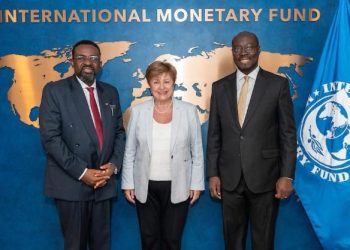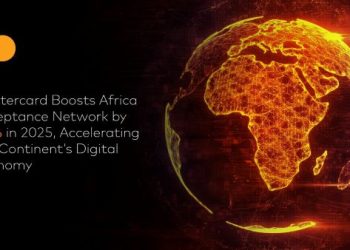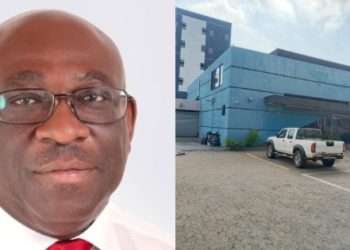CAL Bank has reported a strong profit performance for the second quarter of 2025, posting net earnings of GH₵184 million, up from GH₵151.9 million in the same period last year.
The 21% year-on-year increase in profit—amounting to GH₵32.1 million—was largely driven by a modest rise in operating income, which grew from GH₵370.8 million to GH₵383.9 million.
This improved bottom line came despite a fall in interest income, which dropped from GH₵208.2 million in the second quarter of 2024 to GH₵189.9 million in the second quarter of 2025.
The earnings resilience suggests that CAL Bank either managed costs more efficiently or boosted non-interest revenue streams to sustain profitability.
Asset quality worsens as NPL ratio surges
Notwithstanding the improved profit performance, the bank’s asset quality continues to deteriorate.
CAL Bank’s non-performing loans (NPL) ratio rose sharply from 38.6% in the second quarter of 2024 to 51.6% in the second quarter of 2025—one of the highest among its peers.
This means that over half of the bank’s loan portfolio is not generating income, a development that poses a serious threat to future earnings and liquidity.
Analysts warn that unless the bank tightens its credit risk management and aggressively pursues loan recoveries, the elevated NPLs could erode gains made on the income side.
Capital adequacy ratio falls into negative territory
Another red flag emerged in the form of the bank’s capital adequacy ratio (CAR), which slumped to -7.6% in the second quarter of 2025, well below the Bank of Ghana’s regulatory minimum of 13%.
The negative CAR raises urgent questions about the bank’s capital strength and its ability to absorb losses in the event of financial shocks.
The current capital shortfall may compel the bank to seek urgent capital injection or restructure its balance sheet to meet regulatory thresholds.
Conservative shift in asset allocation
CAL Bank’s total assets declined slightly from GH₵10.94 billion to GH₵10.68 billion, driven primarily by reductions in cash, cash equivalents, and loan advances.
The bank, however, increased its investment in securities, which rose to GH₵5.05 billion—signalling a cautious reallocation of funds from riskier assets to safer instruments.
As of the end of the second quarter of 2025, the bank held GH₵2.08 billion in cash and cash equivalents, and GH₵1.37 billion in loans and advances.
Liabilities down, deposits up
On the liabilities side, CAL Bank saw a reduction from GH₵10.83 billion in the second quarter 2024 to GH₵10.27 billion in the second quarter of 2025.
This was largely influenced by a cutback in borrowings, which dropped from GH₵1.85 billion to GH₵1.50 billion.
In contrast, customer deposits rose to GH₵8.17 billion from GH₵7.85 billion—a sign of continued public confidence in the bank despite capital adequacy concerns.
Shareholders’ equity rallies
Shareholders’ equity saw a strong rebound during the period, increasing from GH₵112.9 million to GH₵401.4 million.
This improvement likely reflects retained earnings from the second quarter profit gains and possibly fresh capital injections.
Profit resilience vs. structural risk
While CAL Bank’s second quarter profit growth demonstrates operational resilience, the simultaneous rise in non-performing loans and the plunge in capital adequacy expose deep structural vulnerabilities.
The bank will need to urgently restore its capital base and address asset quality to maintain stability and meet regulatory requirements in the coming quarters.













